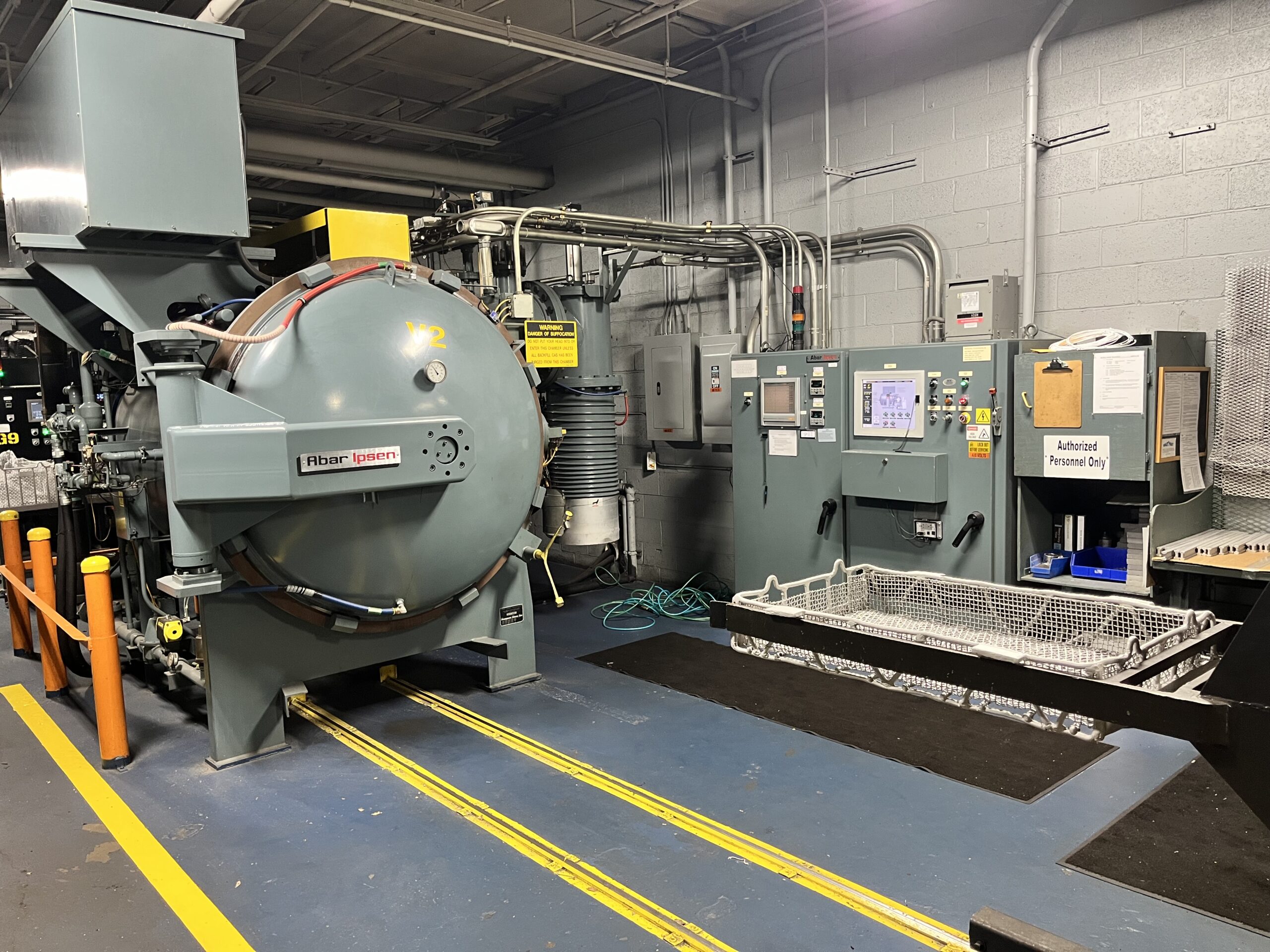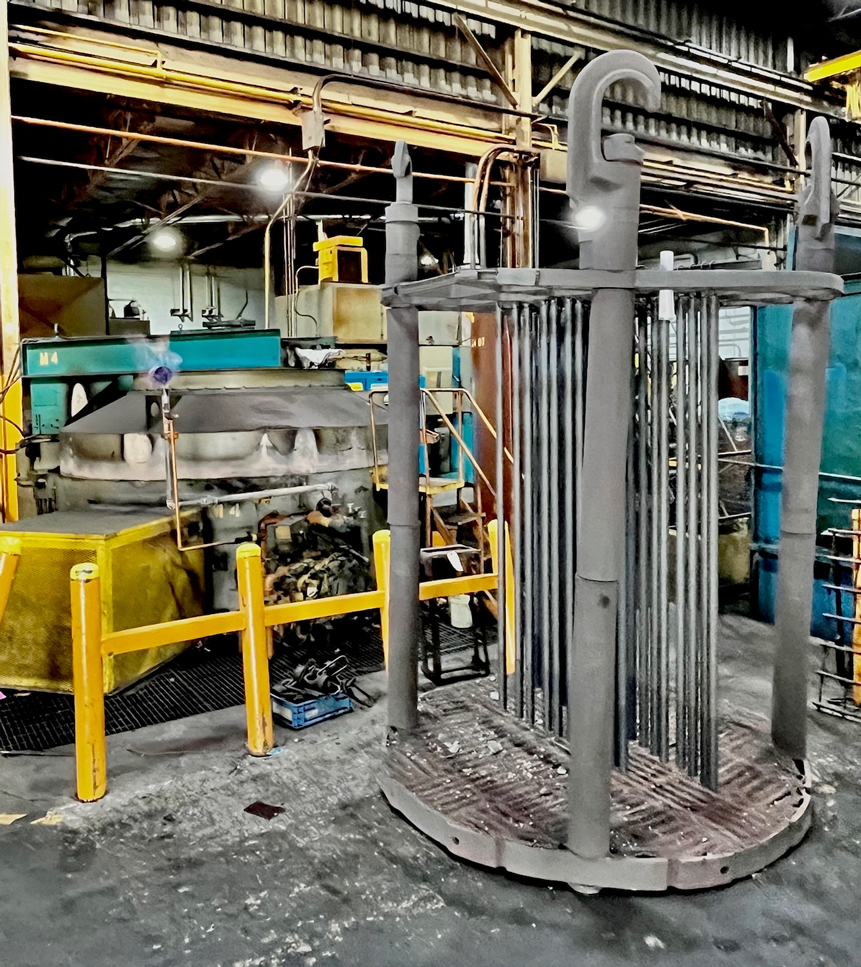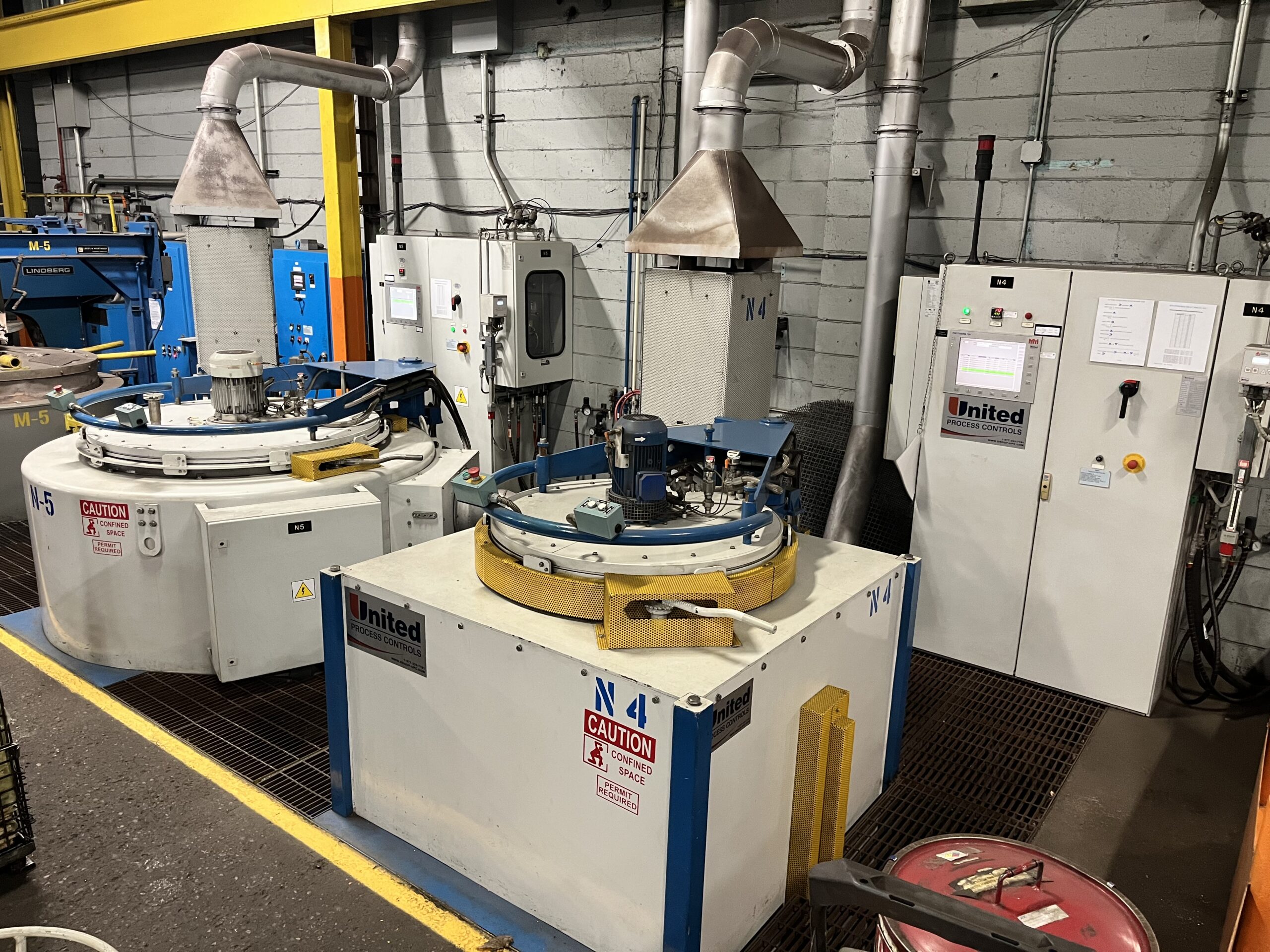Services & Special Processes We Offer
Engineered Heat Treat offers a comprehensive range of thermal processing services, covering both standard and special process specifications. Our capabilities are backed by a fully equipped Metallurgical Laboratory, staffed with experienced Metallurgists and certified technicians who utilize state-of-the-art testing equipment to ensure full conformance to customer requirements and industry standards.
We are committed to delivering heat treat services that meet or exceed expectations for quality, cost, and delivery. This commitment is upheld through a continuous focus on improvement, innovation, and strict quality assurance, ensuring every customer receives reliable, high-performance results.
Services & Special Processes We Offer
-
Atmosphere Carburizing & Carbonitriding
Case hardening processes to increase surface hardness and wear resistance. -
Neutral Hardening
Through-hardening in a neutral atmosphere for consistent hardness and strength. -
Gas Nitriding &
Low-temperature surface hardening for enhanced wear, fatigue, and corrosion resistance. -
Vacuum Heat Treating
Precision heat treating in a clean, controlled environment for distortion-sensitive components. -
Cryogenic Treatment / Deep Freezing (-120°F and Below)
Converts retained austenite to martensite, improving dimensional stability and performance. -
Martempering
Step-quenching process to reduce distortion and cracking in hardened steel. -
-
Stress Relieving
Reduces residual internal stresses from forming, machining, or welding operations. -
Annealing
Softens metal, refines microstructure, and enhances machinability or formability. -
Normalizing
Promotes uniform microstructure and mechanical properties throughout the part. -
Precipitation Hardening (Aging)
Increases strength and hardness of certain alloys through heat aging. -
Tempering
Adjusts hardness and toughness after quenching to meet specific mechanical requirements. -
Straightening
Precision correction of part distortion post-heat treat to meet dimensional tolerances. -
Copper Plating
Electroplated copper coating used as a standalone layer or as a base for additional coatings. Masking & Copper Stripping also. -
Homogenizing
High-temperature treatment to reduce chemical segregation and improve material uniformity. -
Grit Media or Aluminum Oxide Blasting
Surface cleaning and preparation using high-speed abrasive blasting. -
Hot Oil Quenching Capabilities
Quenching at elevated temperatures to control hardenability and minimize distortion. -
Certified Metallurgical Lab Testing
Full-service lab including hardness testing, microstructure analysis, and conformance validation. -
X-Ray Diffraction (XRD)
Retained austenite and residual stress testing (ISO/IEC 17025:2017 accredited). -
Custom Racking & Fixturing
Engineered solutions for delicate, high-value, or geometrically complex parts.



